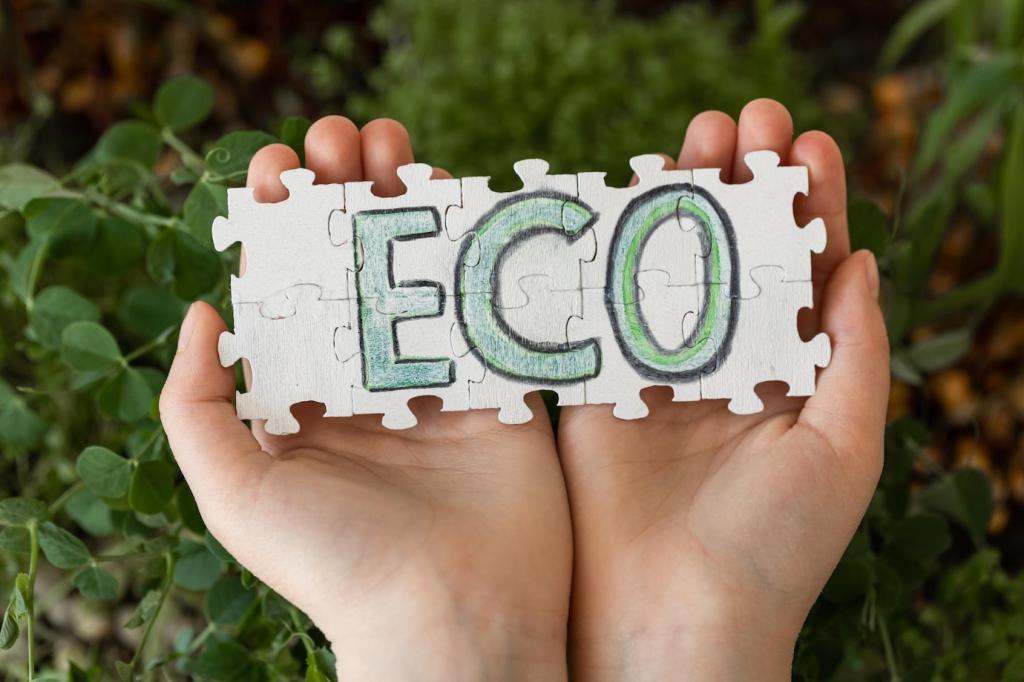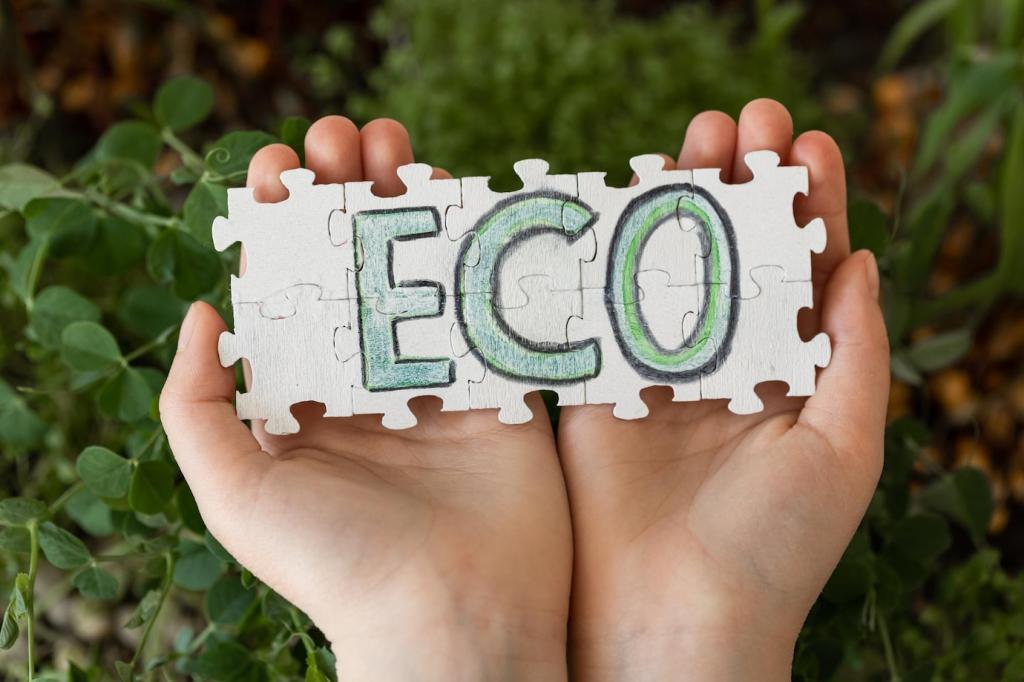Start Here: Build Your Community Agriculture Initiative
Pick a welcoming spot and a focused question, like soil or seeds. Share snacks, set clear roles, and leave with three commitments. Tell us your date, and we’ll share an agenda template and outreach tips.
Start Here: Build Your Community Agriculture Initiative
Compile a public list of tools, mentors, grants, and city contacts. Transparent budgets and mini-grants build trust. Subscribe to our funding roundup, and add your favorite opportunities to amplify access for every neighbor.









